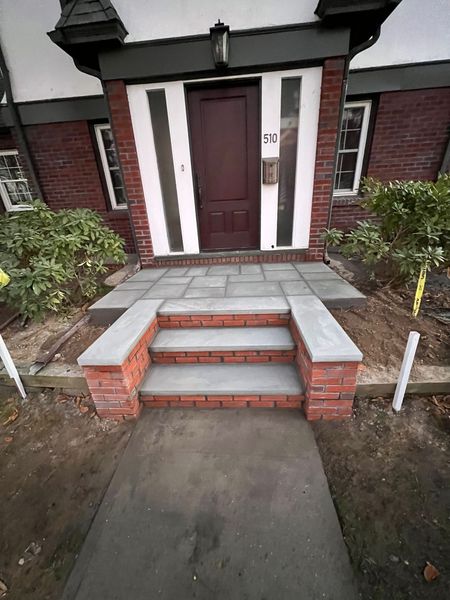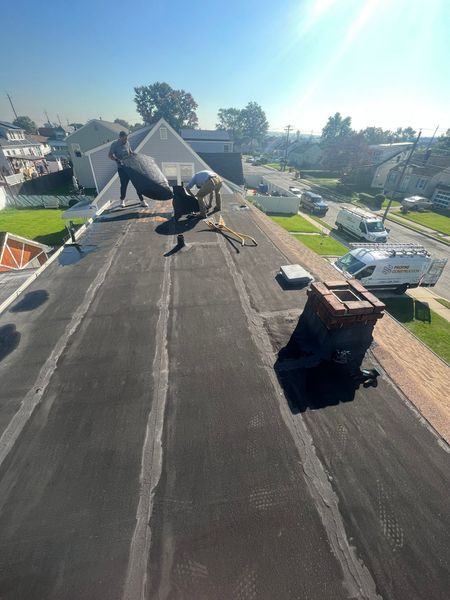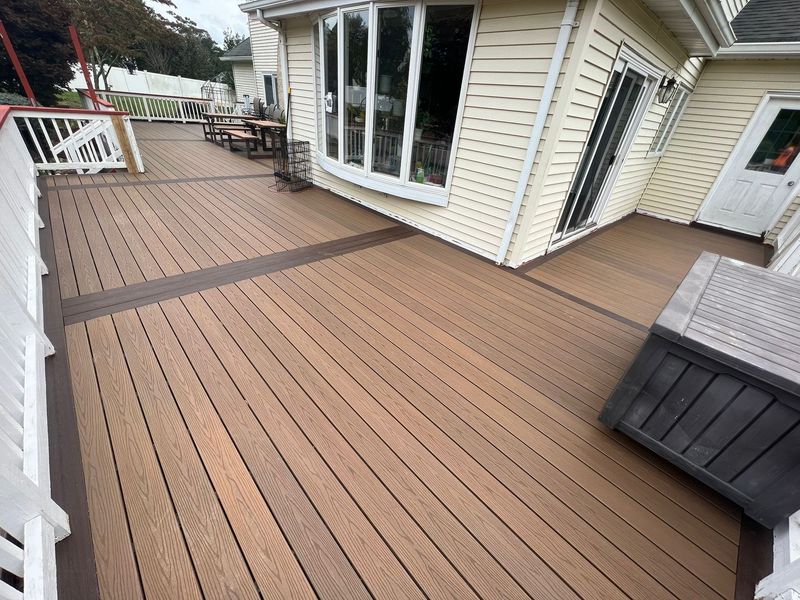Introduction
In the world of home design, few elements have captured the imagination quite like the kitchen island. It’s not just a functional space; it’s the heart of your home, a gathering point for family and friends, and a canvas for culinary creativity. As we delve into Incorporating an Island into Your Layout — Expert Tips, let's unlock the full potential of this versatile structure.
This article will guide you through everything you need to know about choosing, designing, and maximizing your kitchen island. From layout considerations to style choices, we’ll cover expert tips to ensure that your island is not just a feature but a focal point in your home.
Understanding Kitchen Islands: What They Are
What is a Kitchen Island?
A kitchen island is essentially a freestanding fixture that serves multiple purposes such as food preparation, cooking, dining, or even storage. They can vary in size and shape, often determined by the kitchen layout and design style.
Why Incorporate an Island?
Islands add functionality and aesthetics to kitchens. They provide additional workspace without requiring extensive renovations. Moreover, they can accommodate appliances like sinks or stovetops and serve as casual dining spots.
Different Types of Kitchen Islands
Permanent vs. Movable Islands
- Permanent islands are built into your kitchen layout and offer more stability and integrated features. Movable islands provide flexibility; they can be relocated based on your needs.
DIY Islands vs. Custom-Built Options
- DIY islands can be budget-friendly but may lack tailored fit and features. Custom-built options offer personalized dimensions and materials but require professional input.
Designing Your Ideal Island Layout
Space Considerations: How Much Room Do You Need?
When incorporating an island into your layout, it's crucial to assess available space. Most experts recommend at least 42 inches between the island and surrounding counters for optimal flow.
Shape Matters: Rectangular vs. Circular Islands
- Rectangular islands are versatile for larger spaces. Circular islands can create intimacy in smaller kitchens.
How to Choose Materials for Your Island
Countertop Choices: Pros and Cons
When selecting materials for your island countertop, consider durability, maintenance needs, and aesthetics:
| Material | Pros | Cons | |------------------|-----------------------------------|----------------------------------| | Quartz | Durable, low maintenance | Can be expensive | | Granite | Unique beauty | Requires sealing | | Wood | Warmth, natural feel | Prone to scratches |
Base Material: Wood vs. Metal vs. Stone
Each base material offers distinct advantages:
- Wood provides warmth but requires maintenance. Metal offers industrial appeal with easy cleaning. Stone exudes luxury but can be heavy on budgets.
Functional Features to Consider in Your Island
Storage Solutions: Drawers vs. Shelves
Your kitchen island can serve as valuable storage:
Drawers keep utensils hidden yet accessible. Open shelves showcase cookbooks or decorative items.Appliance Integration: Sink or Cooktop?
Integrating appliances elevates functionality:

- A sink allows for easy meal prep. A cooktop transforms it into a culinary hub.
Choosing Seating Options for Your Kitchen Island
Bar Stools vs. Counter Chairs: What’s Best?
Your choice of seating impacts comfort:
- Bar stools work well with higher countertops. Counter chairs offer more versatility at lower heights.
Quantity Matters: How Many Seats Do You Need?
Consider family size and entertaining needs when deciding how many seats to incorporate around your island.
Color Schemes and Aesthetics for Your Island Design
Choosing Colors That Complement Your Space
The color of your island should harmonize with the overall kitchen palette:
Neutral tones provide timeless elegance. Bold colors add personality but must balance other elements.Textures to Enhance Visual Interest
Mixing textures—like matte finishes with glossy elements—can create visual intrigue while maintaining cohesion.
Lighting Solutions Above Your Island
Types of Lighting Fixtures to Consider
Lighting plays a critical role in setting the ambiance:

How Height Affects Light Placement
Ensure that fixtures hang low enough to illuminate work surfaces but high enough not to obstruct views across the space.
* Incorporating an Island into Your Layout — Expert Tips
While there are countless ways to design an island that fits seamlessly within your kitchen's overall aesthetic, here are roofing contractors some expert tips:
Assess workflow—ensure movement around the island doesn’t hinder cooking efficiency. Match styles—align your island design with cabinet styles for cohesion. Consider multi-functionality—think beyond cooking; incorporate function like a workspace or kids’ homework station!
FAQs About Kitchen Islands
1. What size should my kitchen island be? It depends on available space; ideally allow 42 inches around all sides for easy movement.
2. Can I install an island in a small kitchen? Yes! Opt for movable islands or smaller dimensions that still provide utility without crowding the space.
3. Is it necessary to have seating at my island? Not necessarily; seating depends on lifestyle preferences; if you entertain often or have family meals there it may be beneficial!

4. How do I maintain my kitchen island? Regular cleaning using appropriate materials (like mild soap) helps preserve its appearance; specific care instructions vary by material type!
5. Can I use my existing cabinets as part of my new island? Absolutely! Repurposing existing cabinetry is both economical & sustainable!
6. What is the average cost of installing a kitchen island? Costs vary based on size & materials used; expect anywhere from $500 up to several thousand dollars depending on complexity & features!
Conclusion
Incorporating an island into your layout isn’t just about adding counter space—it’s about enhancing functionality while creating a gathering place that reflects personal style and caters to everyday life demands! Whether you're remodeling or starting fresh from bathroom remodeling scratch, these expert tips will help you navigate through each decision confidently as you bring your dream kitchen vision alive! So roll up those sleeves because it’s time to get creative with this essential element in home design!